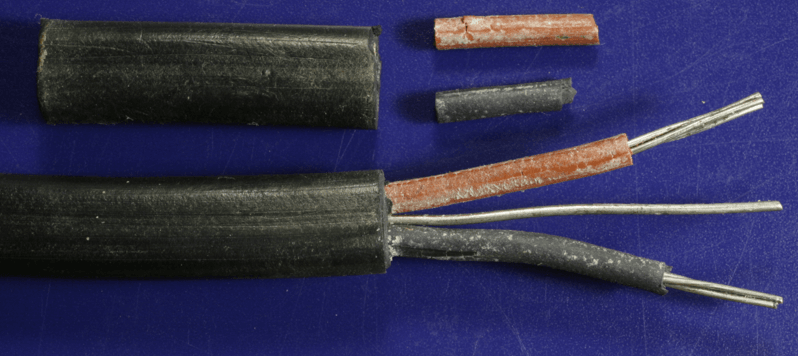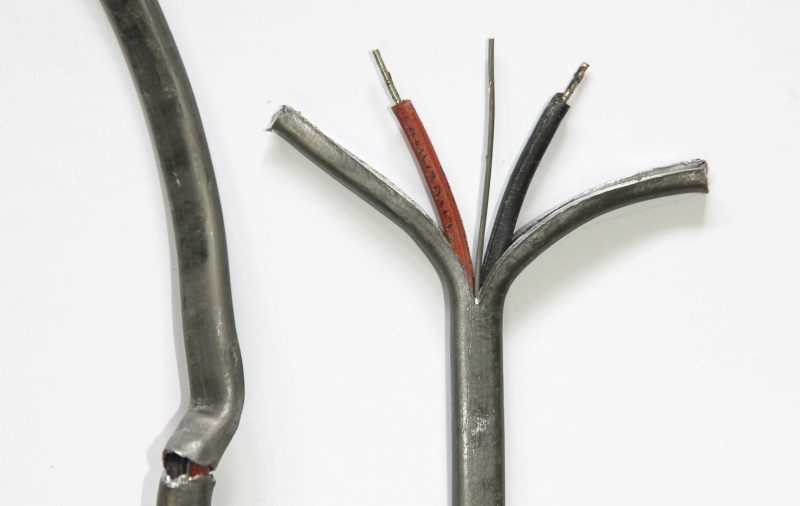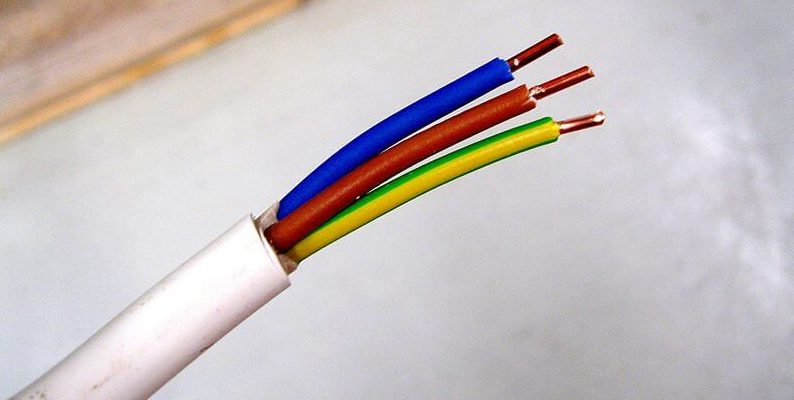UK Wiring Colours – The Old and the New
Have you checked the colours of the wiring in your home? Are you planning on rewiring your home or taking some electrician courses? Electrical wiring colours were changed in 2006 and it’s important to know what to look for.
New vs Old Wiring Colours
In 2006, Amendment 2 of the 17th Edition BS7671 Wiring Regulations saw a change to “harmonise” the UK colours with the European cable colours for consistency and to avoid confusion. It’s important that properties get their wiring checked, to see if the wiring colours are out of date, have deteriorated over time, and to check if they comply with the 18th Edition of BS7671 Wiring Regulations.
Some properties across the UK still rely on the old cables, which can be dangerous if not tested. Old cable colours could be due to the age of the property or the wiring system, which simply hasn’t been monitored or tested as regularly.

How have wiring colours changed in the UK?
- The neutral black has been replaced by blue.
- The line red and has been replaced by brown.
- The earth is still identified by green and yellow.
Condition of Wiring Cables
If you’re moving into a new home, or you are renovating your current one, make sure you carry out visual checks on the electrics, specifically looking at the colour and condition of the wires.
If you have the previous colours, red, black and green earth (or bare earth – very dangerous!), we would recommend you have an electrician test to check the integrity of the cable as it could be more than 50 years old and unreliable.
You should also be looking at the condition of cables, as well as the sheathing of the cables. The average lifespan of electrical wiring is 30-40 years and will deteriorate over time, especially if your home uses one of the aged styles of cable sheathing, which are highlighted below.

Tough Rubber Sheathed cables
Before pvc-insulated cables became common in the 1960s, most cables in the home were tough rubber sheathed (TRS). This type of sheathing is recognised by its black exterior.
Vulcanised rubber insulated cables (VRI) also grew in popularity during this time. With this cable type being over 55 years old, it has become obsolete in domestic dwellings. We recommend, if this applies to you, that you get an electrician immediately for a full rewire.
Insulation and sheathing can deteriorate with age, but also with excessive temperatures and overloading, as well as the rubber deteriorating if it has been exposed to direct sunlight.
When cables deteriorate, it means they lose their insulation and flexibility, becoming dry and more like to crumble away and break.

Lead Sheathed cables
Pre-1950s saw lead-sheathed cables (see above) being used more in domestic dwellings. They are rubber insulated, copper conductors, with an outer sheath of lead. Just like TRS cables, lead sheathed cables deteriorate over time as they are rubber insulated.
Lead sheathing is still used in some older properties and could be gradually deteriorating without you knowing. If you spot any lead sheathed cables, please be warned that these cables are past their expected working life and should be inspected by an electrician immediately for safety.

PVC-insulated Sheathing
PVC-insulated sheathing became popular from 1960s onwards, and it is now the most common form of sheathing. However, you can still find TRS and lead sheathed cables in period properties today.
Make sure your home is safe and using sheathing that will not deteriorate over time. Ensure your cable colours comply with the current standard set by BS7671 Wiring Regulations and that they are tested regularly for faults.
If you think your home has the old wiring colours installed, then take a look at our guide that answers your questions about rewiring a house.
If you’re interested in electrics, have you ever wondered how to become an electrician? Go to our homepage to find out more about the UK’s leading practical training centre and the electrician courses we offer!




